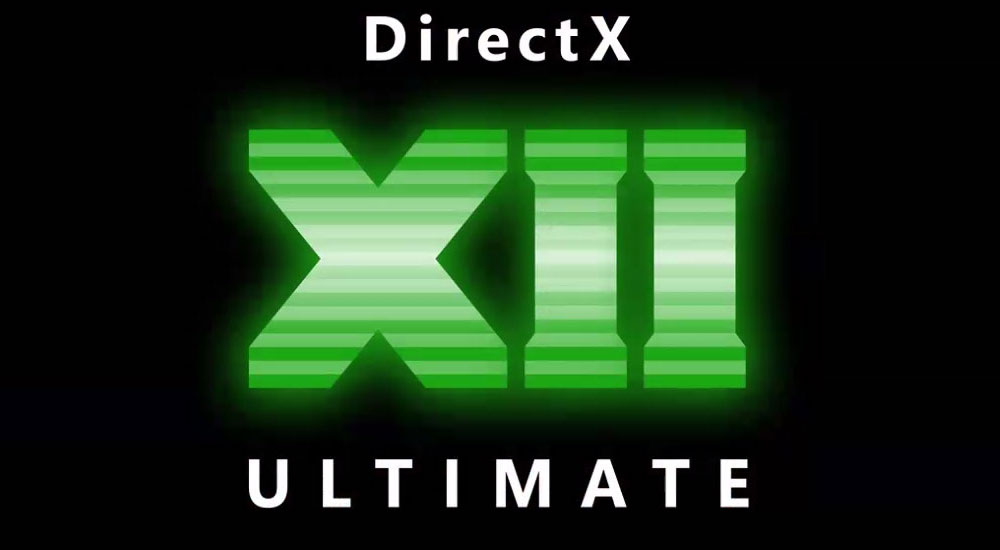The Wi-Fi 7 era officially begins with the introduction of certified devices

After a long period of development, the Wi-Fi Alliance has officially begun certifying Wi-Fi 7 devices. This paves the way for mass adoption of the new standard, providing more seamless interoperability. Until the next standard comes along, we can expect Wi-Fi networking to dramatically improve, with faster, more reliable connections and reduced latency. The latter is something gamers will appreciate.
Wi-Fi 7 is theoretically capable of delivering aggregated throughput of over 40 Gbit/s, even if speeds don’t come anywhere close to that limit. That’s fast enough to supplant consumer-level wired Ethernet. But speeds are just one of many benefits offered by Wi-Fi 7. It’s been designed to better handle multiple simultaneous connections, or maximize performance with a single connection. A key feature is MLO, or Multi-Link Operation, which dynamically assigns different channels and frequencies to deliver better performance with lower latency and less interference.
Connections in the 6GHz band are now possible, which, along with a wider 320MHz channel width, will allow multiple devices to access speeds in the multi-Gigabit range. Households with many devices including PCs, phones and laptops can use Wi-Fi 7 to do things like stream 4K video and deliver untethered AR and VR services.
But Wi-Fi 7 isn’t just about raw speed and multiple-device support. Lower latency is something that gamers can take advantage of. Anyone that’s been frustrated by poor performing, crowded or congested networks should be happy with what Wi-Fi 7 has to offer. One of the less highlighted features of Wi-Fi 7 is 512 Compressed block-ack, which lowers overhead and improves efficiency. Additionally, Triggered Uplink Access improves performance in latency sensitive applications.
Pre-certified Wi-Fi 7 devices have been available for a while now. It was a highly touted feature on many Z790 refresh motherboards, while several manufacturers have already released Wi-Fi 7 ready routers. As long as you check periodically for firmware and software updates, these devices should work seamlessly with certified Wi-Fi 7 devices.
Don’t feel as though you need to rush out an upgrade to Wi-Fi 7 though. It’ll be with us for many years to come. Even now Wi-Fi 6E routers carry a price premium, especially the high bandwidth ones, and high end Wi-Fi 7 routers will remain expensive for the foreseeable future. At least you get back compatibility, so your older Wi-Fi devices will still function, albeit without Wi-Fi 7 exclusive features.




